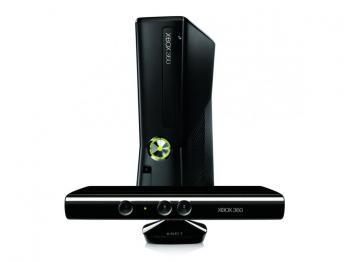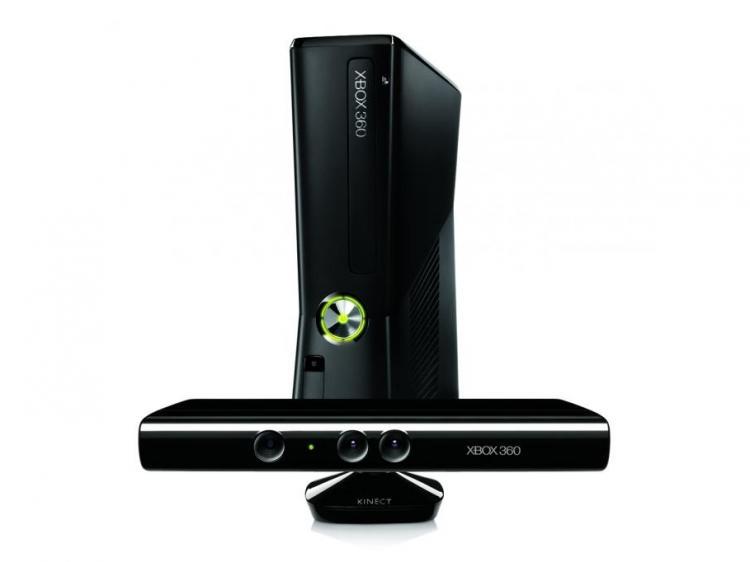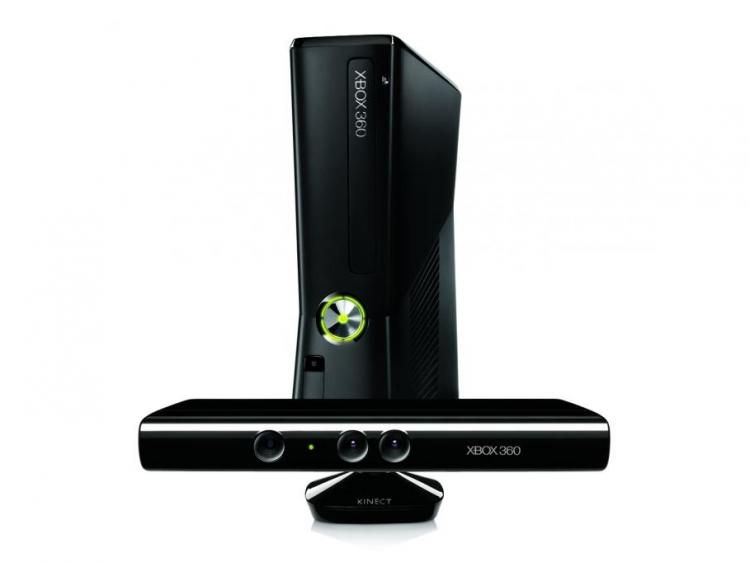The Kinect advertising behemoth is in full force; if you’ve bought a packet of breakfast cereal, a can of coke, or a bar of chocolate recently, you will have undoubtedly noticed it. Microsoft is pushing Kinect relentlessly, and with an apparent budget of $500 million behind the device’s promotional run, the bombardment is unlikely to stop anytime soon.
The Kinect is a motion sensor that connects to the Xbox 360 gaming system and allows users to control certain games by detecting their movements, facial expressions, and voices.
Despite the huge amount of money behind the hardware, there has been speculation about whether it will live up to the monumental hype behind it. Will it appeal to the masses? Will it have the ease and accessibility that it has promised to deliver? Will the technology be enough to satisfy the tech-heads waiting for a futuristic gaming experience?
Kinect delivers on some of these promises, and somewhat fails at others. First of all, at $149.99, Kinect is an expensive piece of hardware. Considering the price of the new Xbox 360 S, which retails at $299.99, Kinect’s price is definitely hard to justify as an additional peripheral.
Kinect’s second biggest flaw is the amount of space needed to get the best out of the motion tracking. It needs from 6 to 10 feet between the player and the sensor, and a clear floor space. It became frustrating for me, having to move furniture every time I wanted to play a game. This really limits some people’s use of Kinect to their living rooms, and makes it less likely to be used in a bedroom.
With the problems that might deter some people from purchasing a Kinect system out of the way, however, it is a load of fun to use and offers a casual pick-up-and-play experience.
The facial recognition is accurate, while the voice commands and menu navigation make you feel like you’re in a spinoff of “Minority Report.” It is clearly aimed at a target audience, and delivers fabulously on the family-fun accessibility that Microsoft was aiming for.
Kinect is a strong addition to Microsoft’s gaming arsenal, and while some might cringe (understandably) at the high price tag, it still delivers a fun family experience. It’s not perfect, but hopefully as the system finds its feet, and as more inspiring and diverse titles are released to appeal to a more serious gaming audience, it will really come to life.
The Kinect is a motion sensor that connects to the Xbox 360 gaming system and allows users to control certain games by detecting their movements, facial expressions, and voices.
Despite the huge amount of money behind the hardware, there has been speculation about whether it will live up to the monumental hype behind it. Will it appeal to the masses? Will it have the ease and accessibility that it has promised to deliver? Will the technology be enough to satisfy the tech-heads waiting for a futuristic gaming experience?
Kinect delivers on some of these promises, and somewhat fails at others. First of all, at $149.99, Kinect is an expensive piece of hardware. Considering the price of the new Xbox 360 S, which retails at $299.99, Kinect’s price is definitely hard to justify as an additional peripheral.
Kinect’s second biggest flaw is the amount of space needed to get the best out of the motion tracking. It needs from 6 to 10 feet between the player and the sensor, and a clear floor space. It became frustrating for me, having to move furniture every time I wanted to play a game. This really limits some people’s use of Kinect to their living rooms, and makes it less likely to be used in a bedroom.
With the problems that might deter some people from purchasing a Kinect system out of the way, however, it is a load of fun to use and offers a casual pick-up-and-play experience.
The facial recognition is accurate, while the voice commands and menu navigation make you feel like you’re in a spinoff of “Minority Report.” It is clearly aimed at a target audience, and delivers fabulously on the family-fun accessibility that Microsoft was aiming for.
Kinect is a strong addition to Microsoft’s gaming arsenal, and while some might cringe (understandably) at the high price tag, it still delivers a fun family experience. It’s not perfect, but hopefully as the system finds its feet, and as more inspiring and diverse titles are released to appeal to a more serious gaming audience, it will really come to life.






